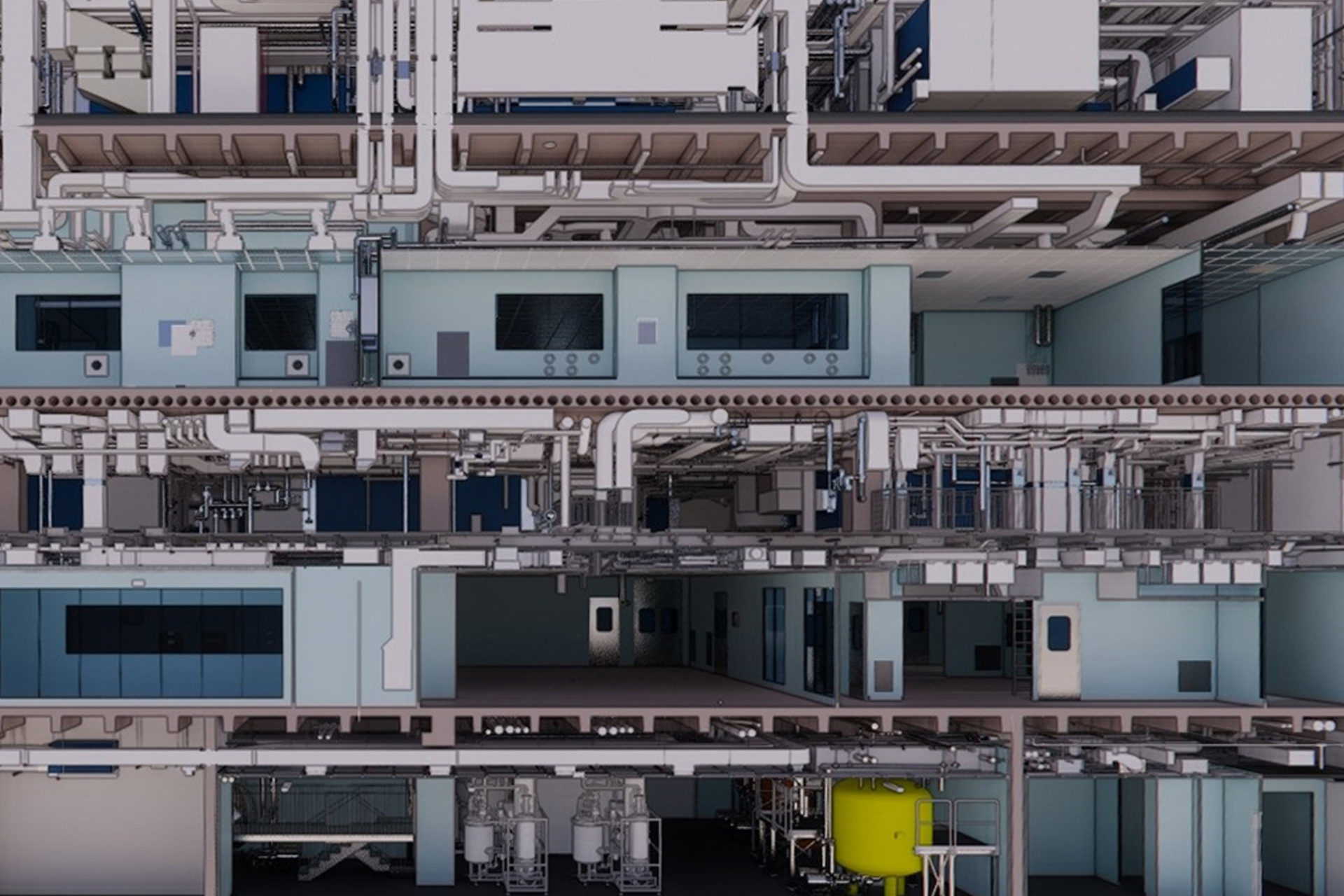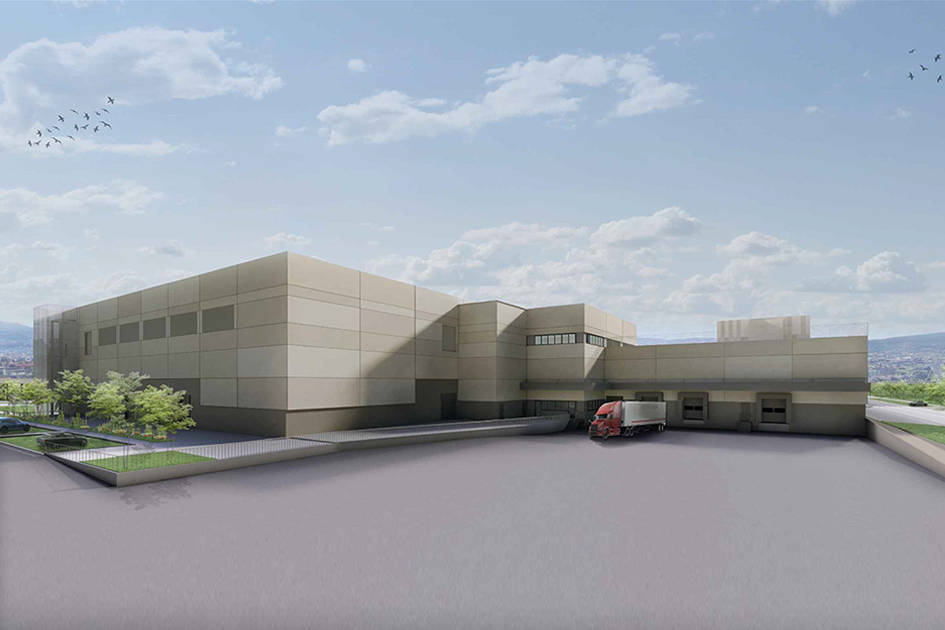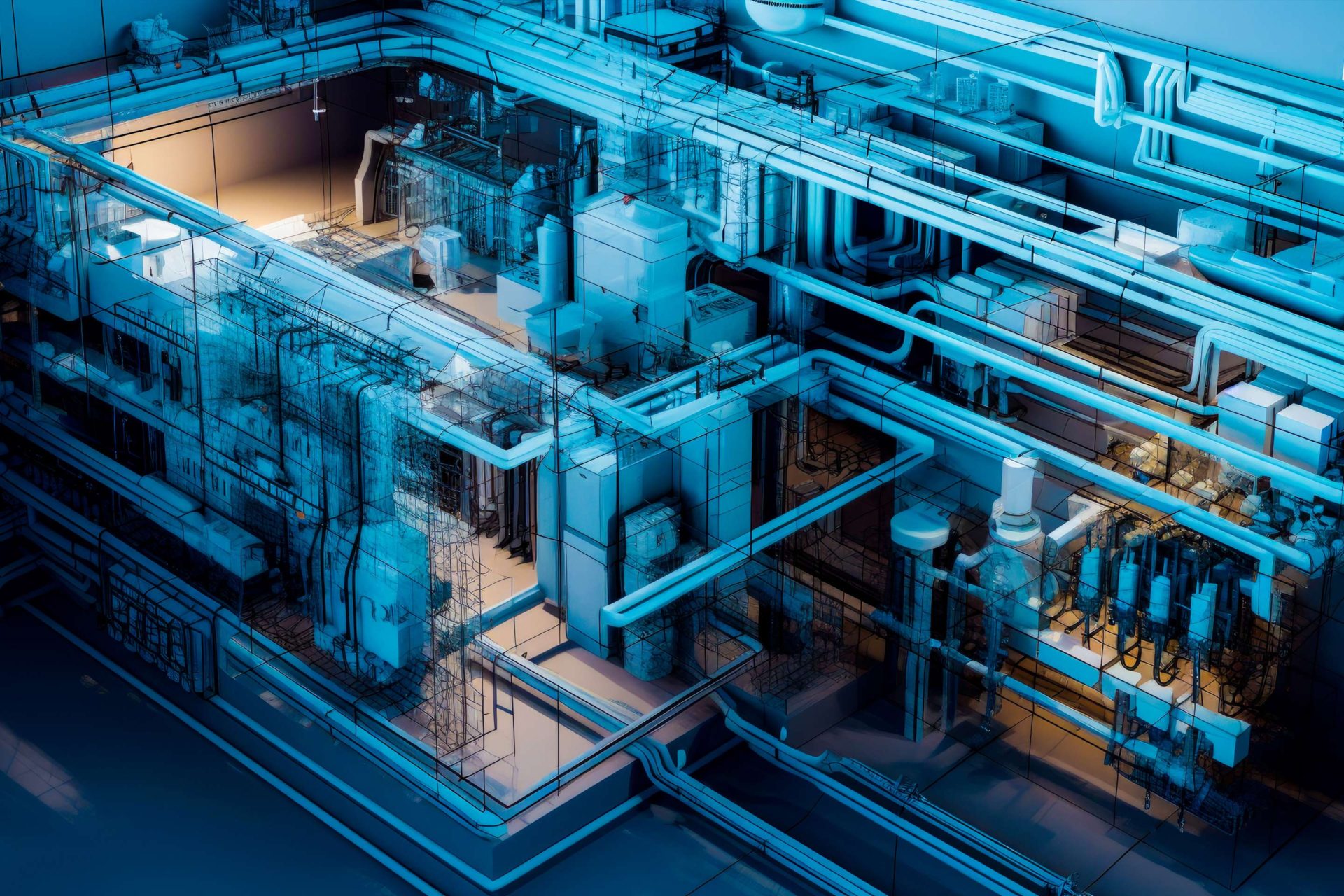Nowadays, issues related to the study of fluid dynamics are becoming increasingly frequent and particularly impactful on the successful outcome of a project. It is in this scenario that Computational Fluid Dynamics (CFD) has increasingly taken on a leading role, driven by the need to achieve high levels of confidence in what we design.
Computational Fluid Dynamics (CFD) is a branch of engineering and physics that deals with the study and simulation of fluid flows (liquids and gases) using numerical methods and computational algorithms. Specifically, CFD focuses on analyzing the behaviors of moving fluids, encompassing phenomena such as turbulent, transient, or steady flows, heat exchange, and chemical reactions. It enables the optimization of product designs, prediction of device and structure performance, improvement of energy efficiency, and analysis of complex processes without the need for costly experimental tests.
The increasing accessibility and cost-effectiveness of significant computing power have turned numerical simulation into a current and efficient tool, with increasingly shorter waiting times to obtain results.
In the current landscape, numerical simulation, and hence CFD, consistently complements and in some cases guides the traditional experimental method, offering advantages in terms of time and cost while reducing the number of cases to test, although not replacing it entirely.
Techniconsult has gained considerable experience in using the CFD tool, applying it in numerous contexts involving the study and understanding of fluid dynamic phenomena:
- Fluid dynamic analysis of pharmaceutical premises;
- Fluid dynamic analysis of pharmaceutical production machinery;
- Fluid dynamic analysis of mixing/fermentation tanks;
- Thermo-fluid dynamic analysis of temperature-controlled warehouses;
- Design and optimization of air diffusers.
In our experience, the use of CFD has proven to be a key factor both as a guide for new designs and as a detailed analysis tool for existing issues. In the case of the pharmaceutical industry, we can cite instances of failed smoke tests or environmental contamination issues.
Want to learn more? Keep in touch! We will provide practical examples demonstrating how this tool can drastically simplify the phases of design and troubleshooting, as well as authorization processes.
Articoli correlati
July 29, 2025
BIM, VR and AR in Pharmaceutical Design: Efficiency, Control and Integrated Quality
In the pharmaceutical sector, plant design is a highly complex challenge. Even…
July 17, 2025
Designing with Computational Fluid Dynamics (CFD)
For over ten years, Techniconsult has been incorporating Computational Fluid…
February 13, 2025
AI and BIM design: a new era for architecture and engineering
One of the most promising innovations is the integration of Artificial…




